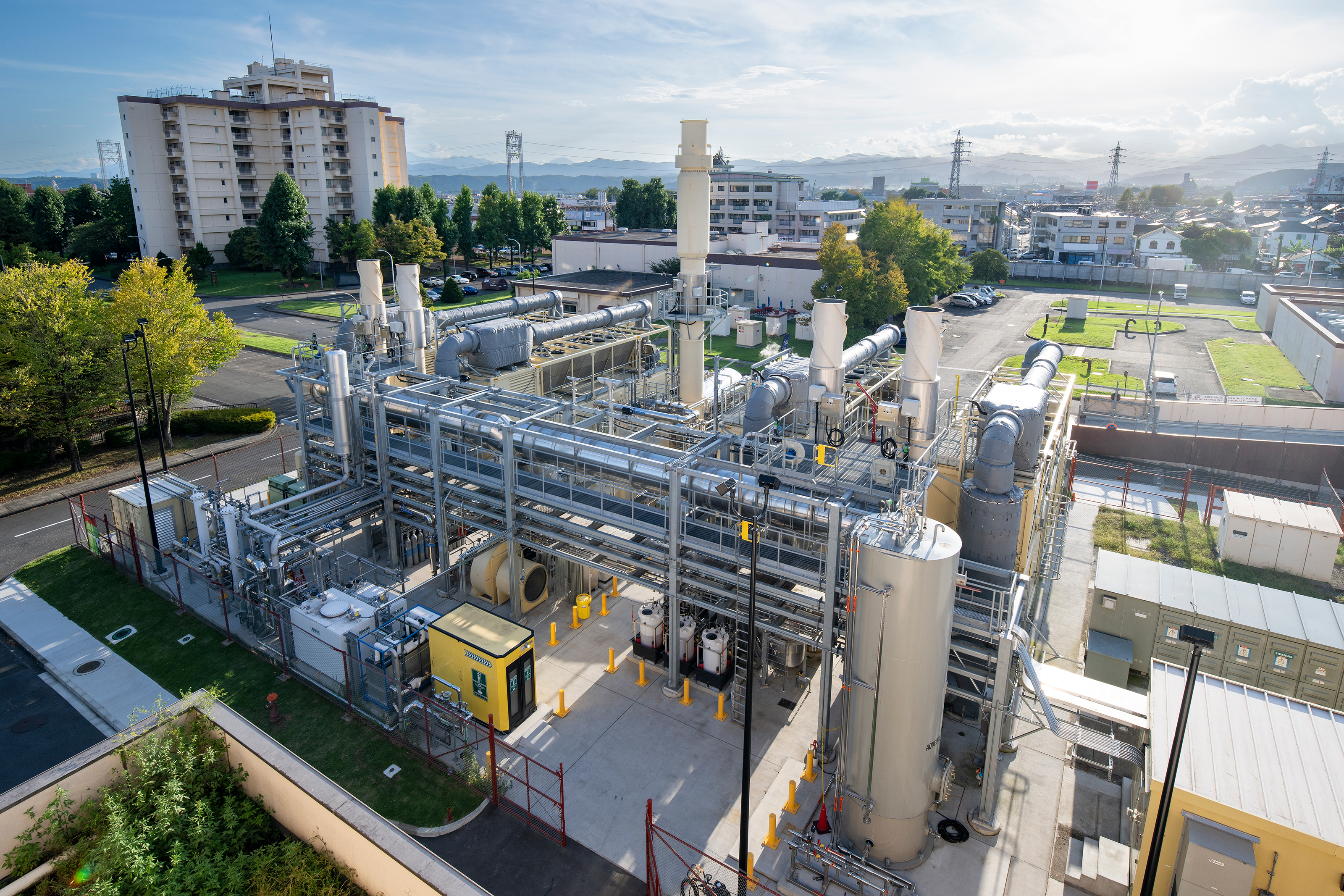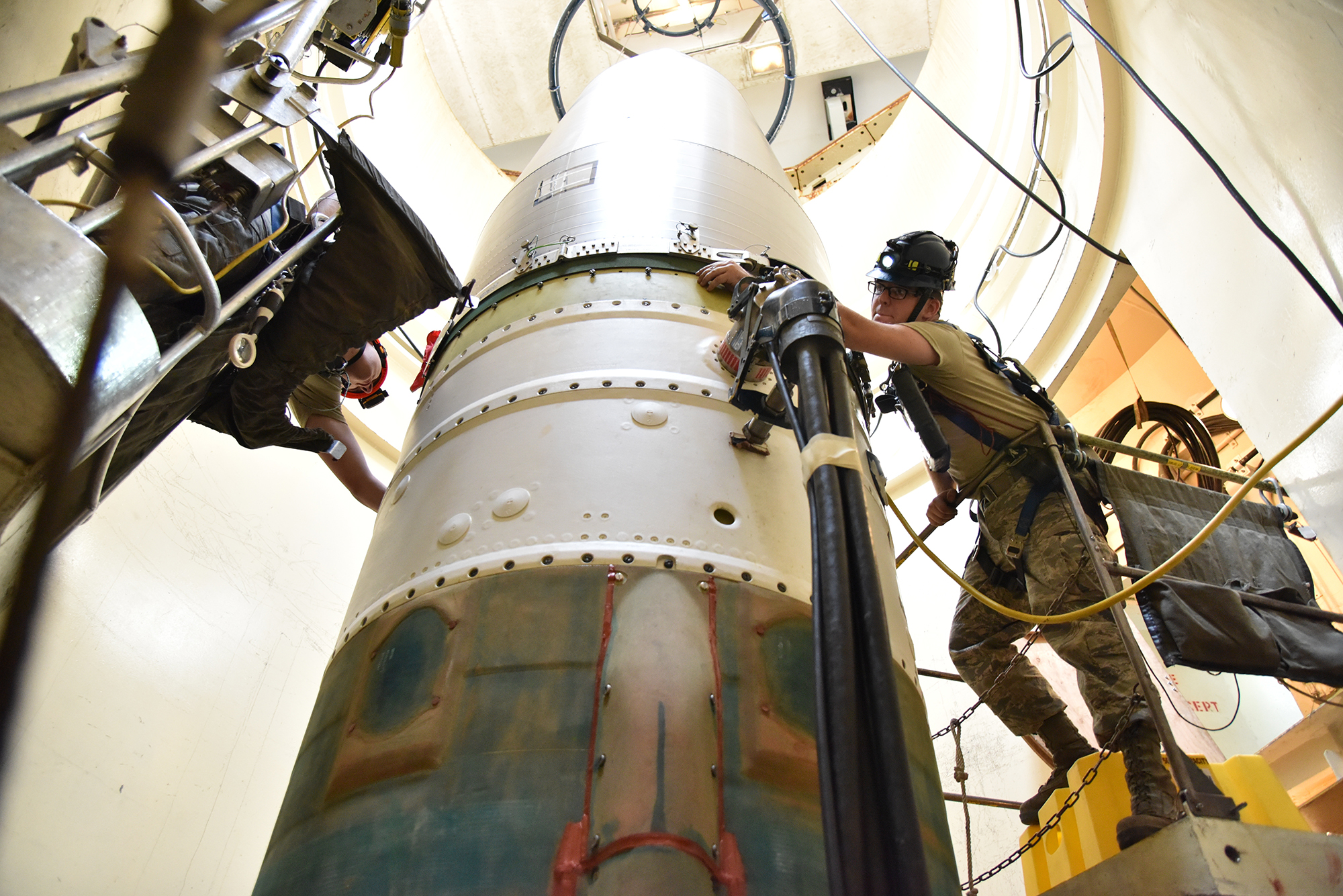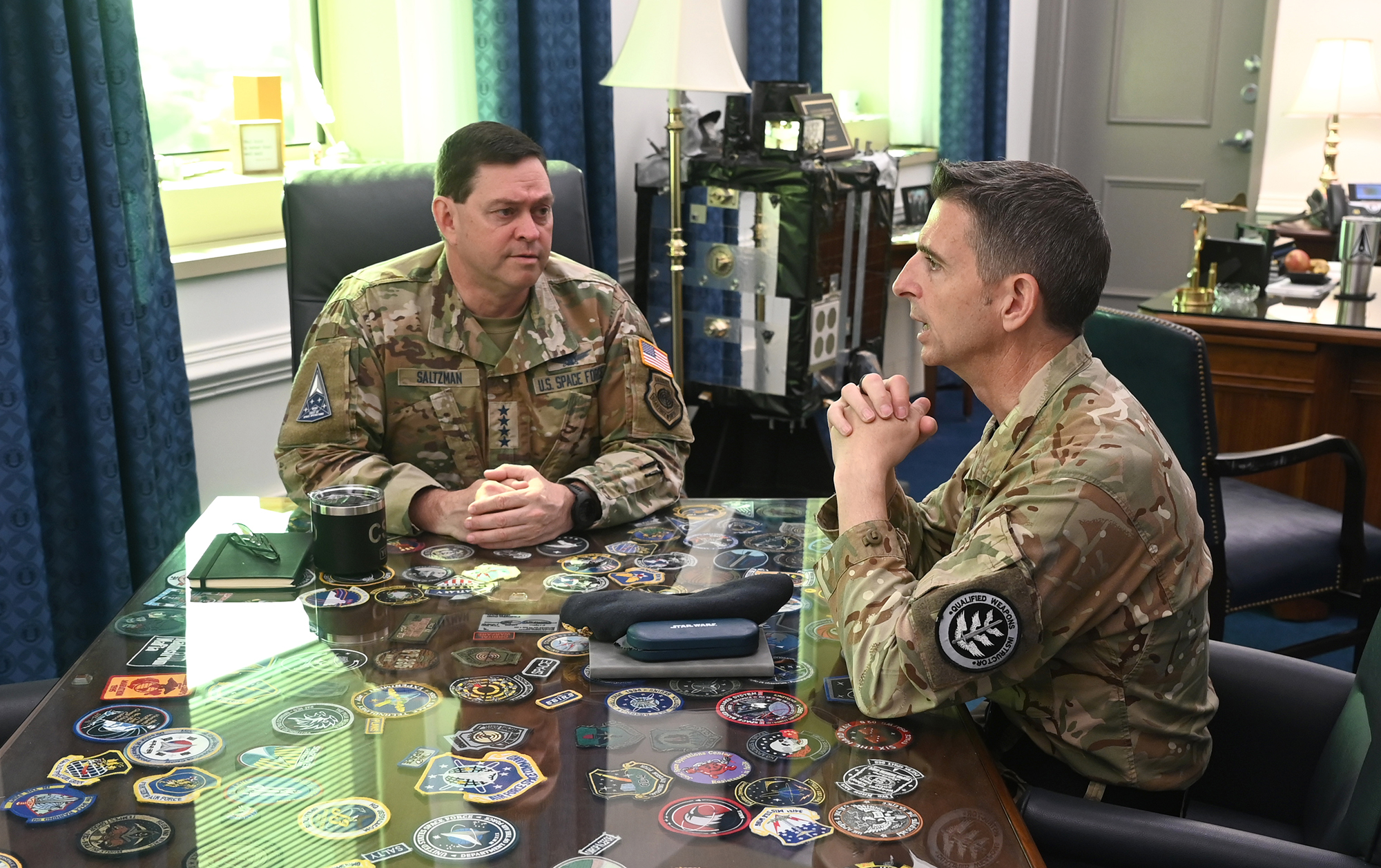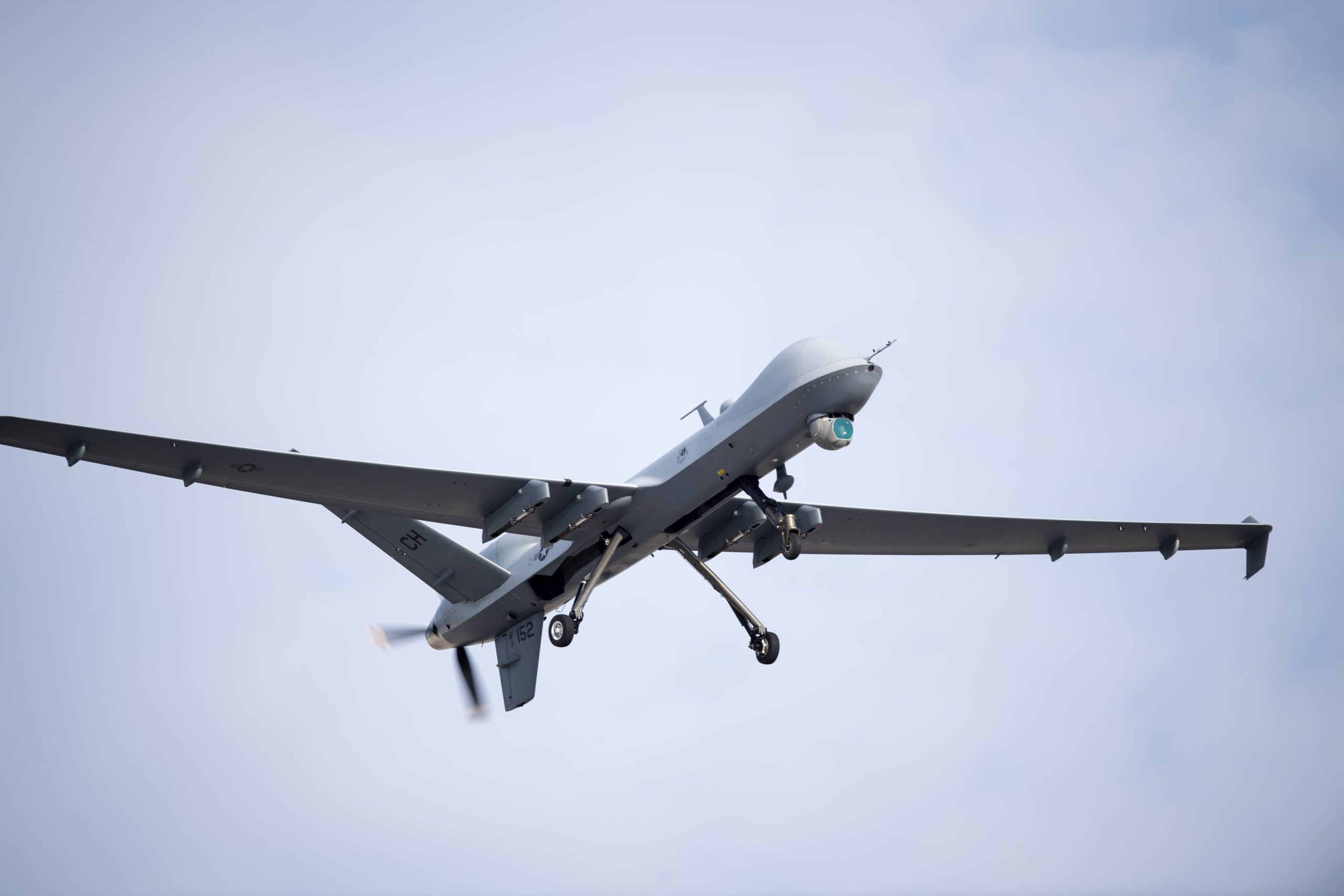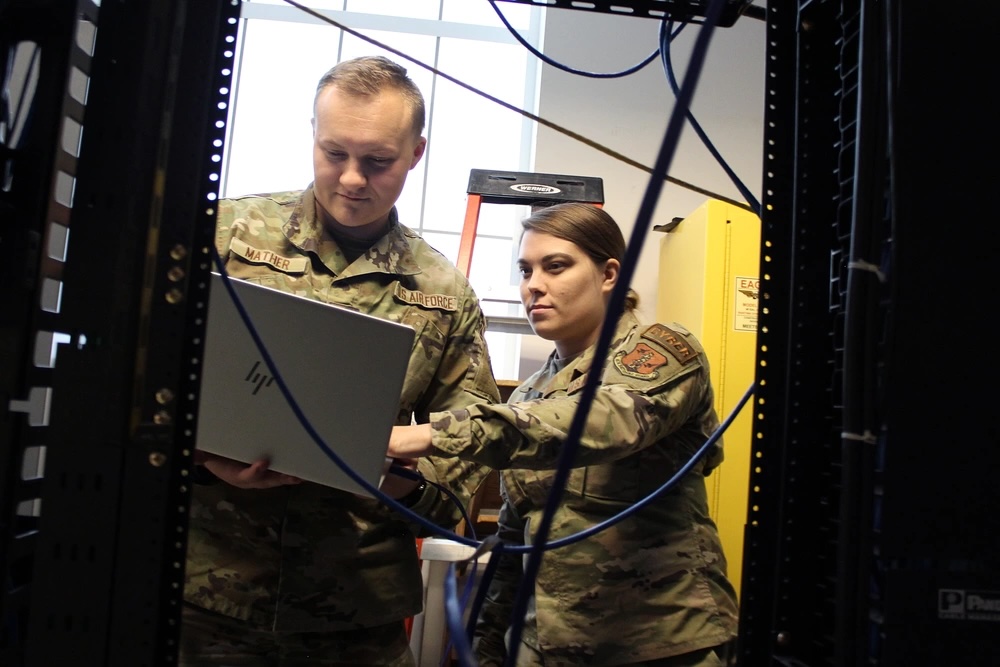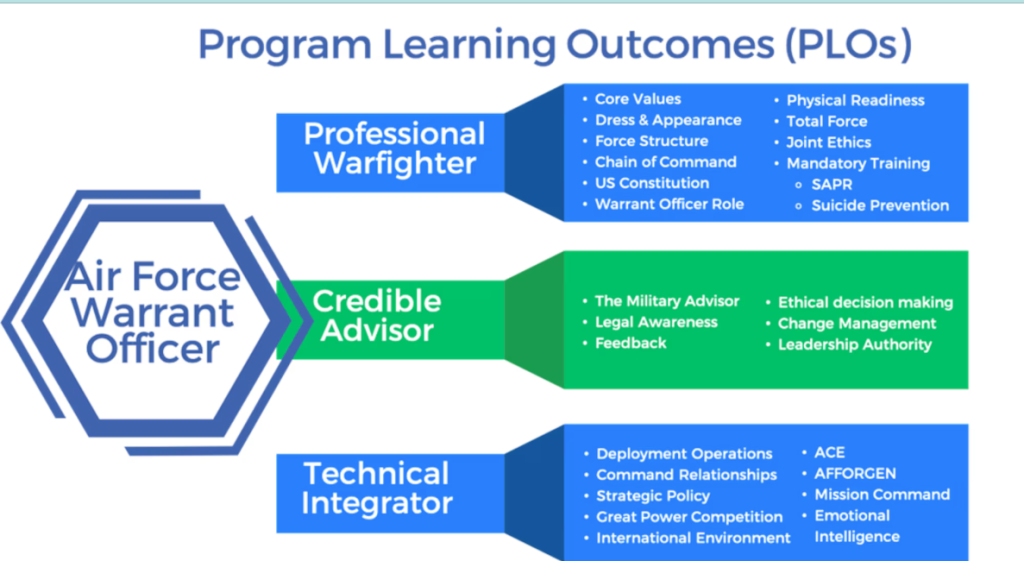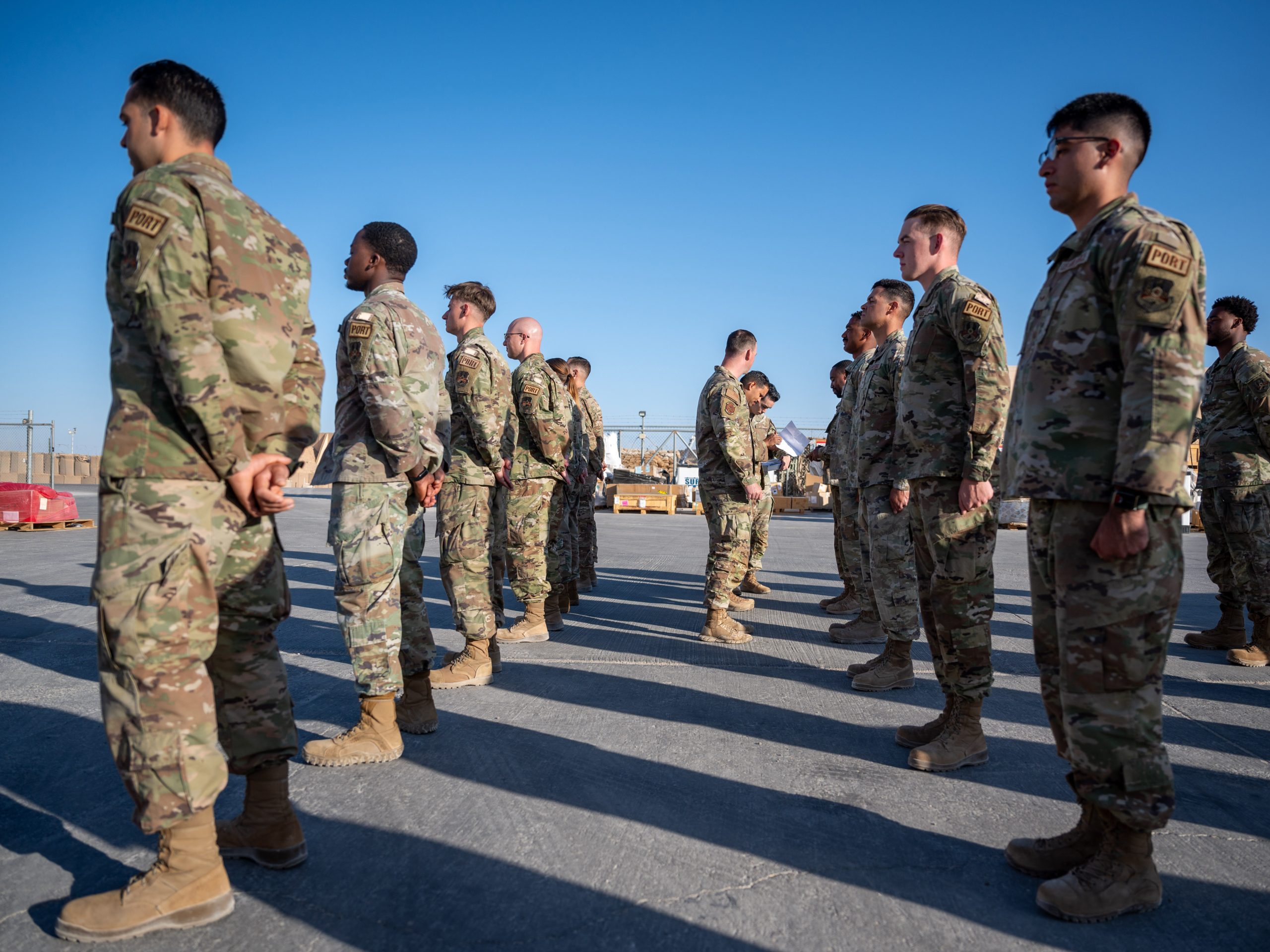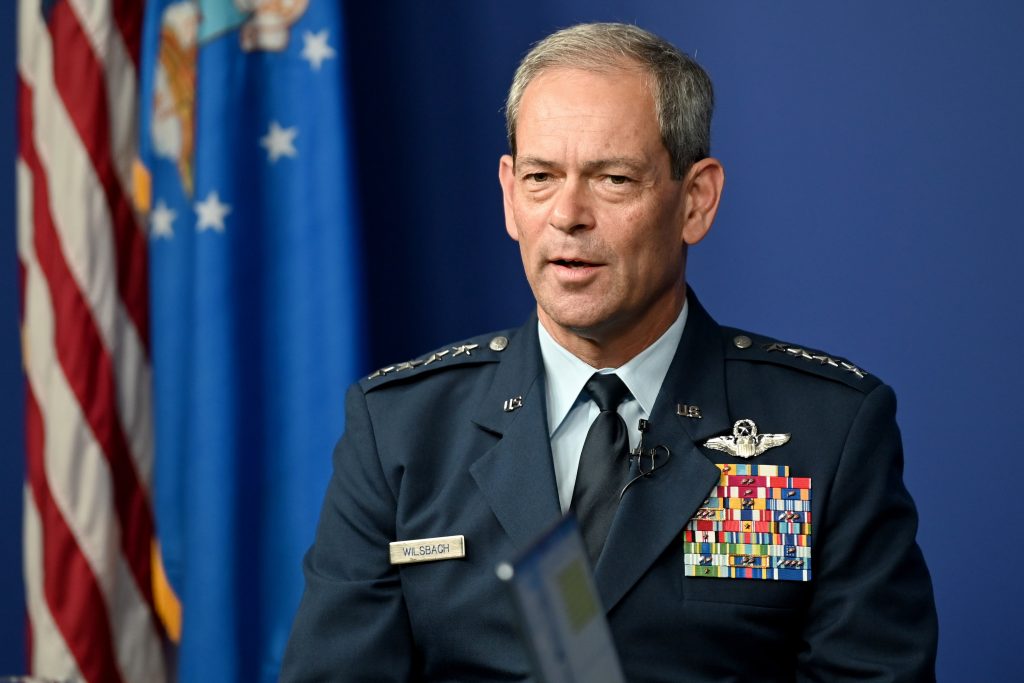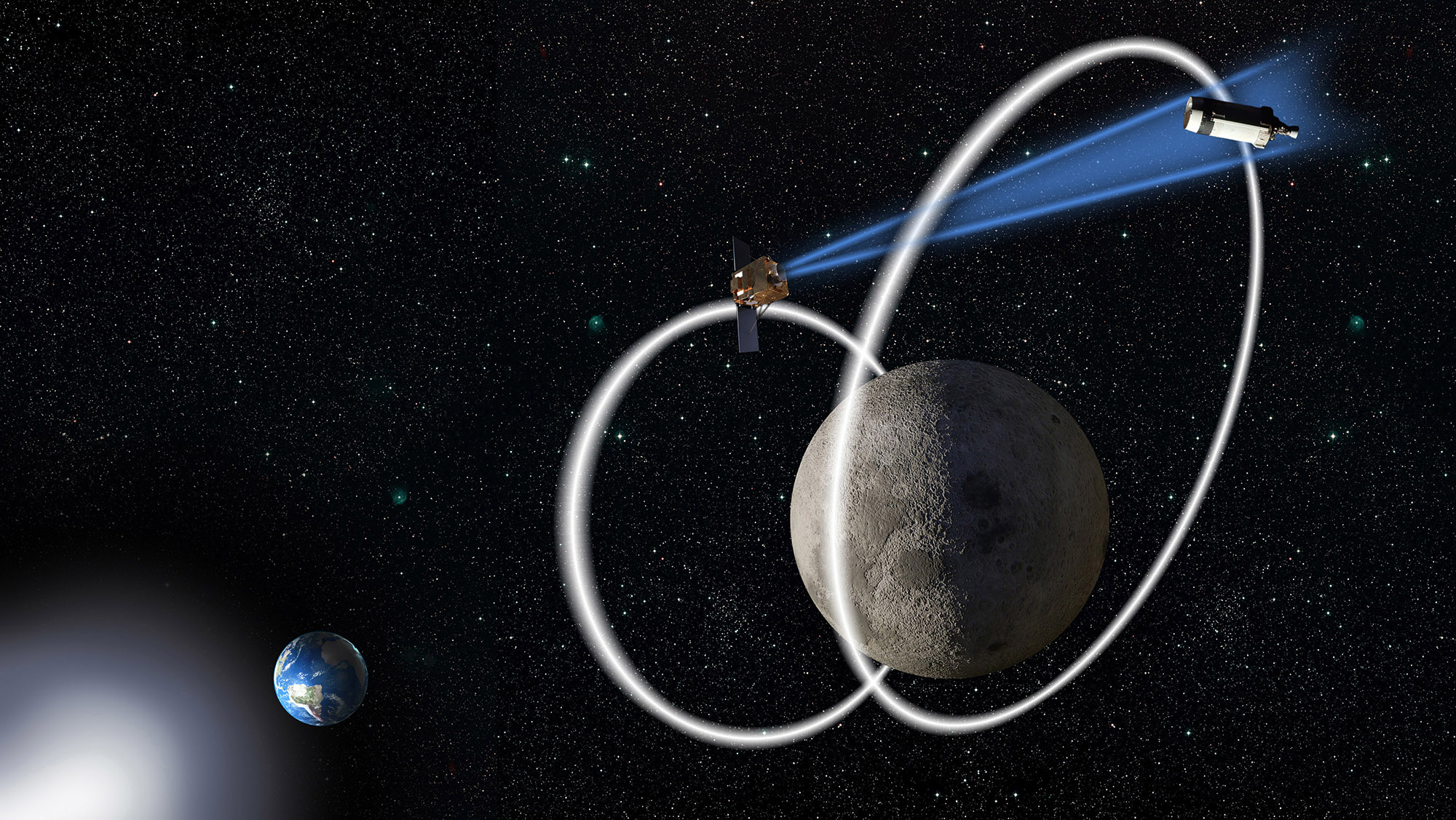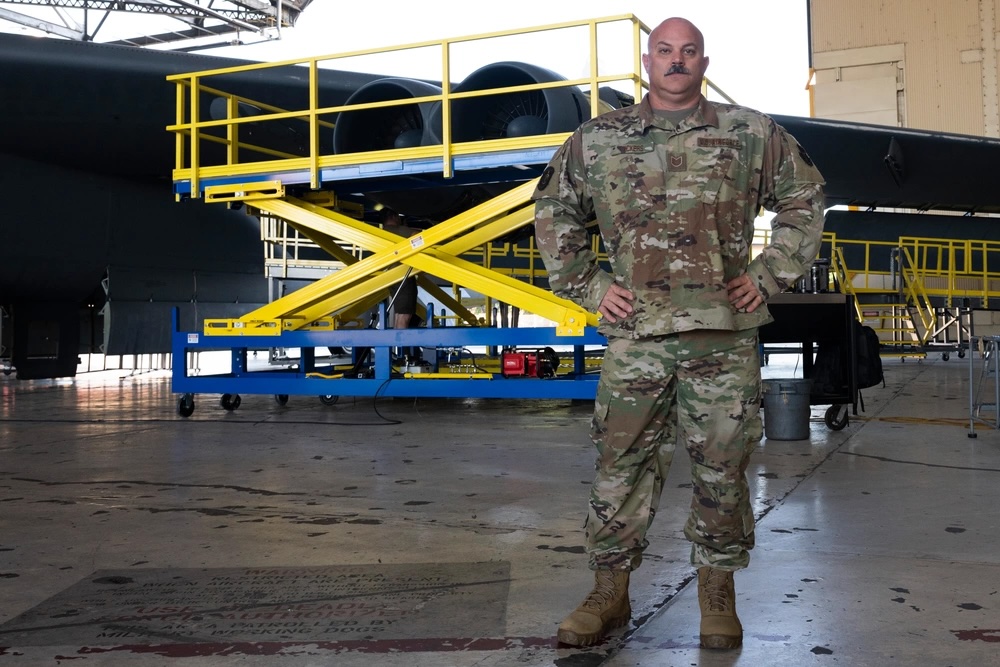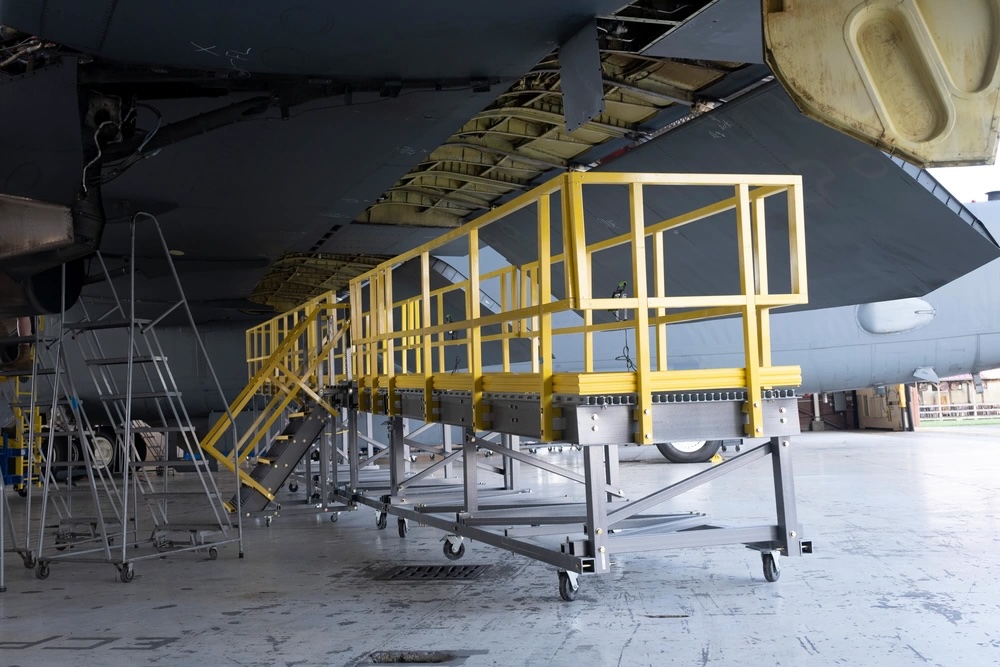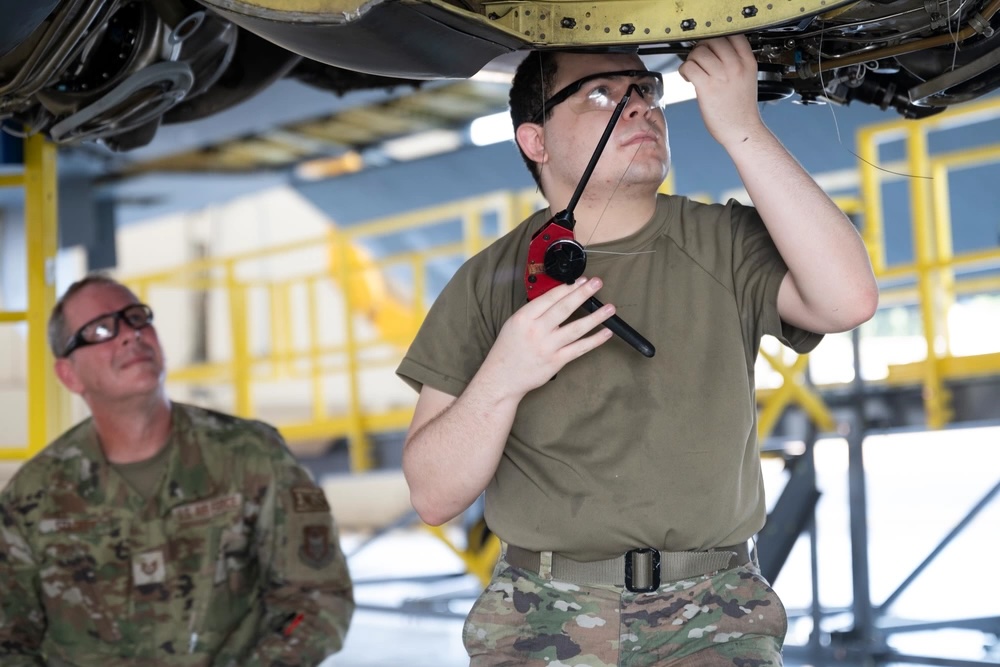Yokota Air Base’s location in Japan gives the U.S. Air Force a strategic operational advantage of rapid response within the Indo-Pacific region—but it’s also a location fraught with weather events that threaten the installation’s power grid. With tsunamis, typhoons, and earthquakes comes the risk of losing primary power, leaving critical infrastructures out of operation and in the dark.
To manage this risk at Yokota Air Base, the Air Force turned to Schneider Electric, the global leader in the digital transformation of energy management and automation, to execute one of the largest resilience-focused performance contracts ever undertaken by the Department of Defense. Construction on the comprehensive project began in January 2021 and was implemented in November 2023. The improvements delivered through an Energy Savings Performance Contract (ESPC) includes $406 million of guaranteed energy savings over the course of the 25-year contract—meaning it requires no upfront investment from Yokota Air Base or U.S. taxpayers.
“[Yokota Air Base] leveraged funds that they’re already budgeting—that’s the benefit to doing an Energy Savings Performance Contract,” said Meghann Ison, Schneider Electric’s project development manager.
Schneider Electric has executed five other ESPCs with the Air Force over the last five years. Each one uses Schneider Electric’s off-the-shelf technologies but is customized for the specific mission needs of the base. Yokota Air Base needed uninterrupted, base-wide power and continuous service to thermal loads, even during emergencies and power disruptions. Schneider Electric’s solution included a new 10-megawatt combined heat and power plant as an alternative source of primary power, along with a new-and-improved “intelligent” microgrid equipped with across-the-board automation systems.
“By tying those three main automation systems together—building automation, process automation, electrical automation—they have a wealth of information because it’s all digitally connected and inter-networked together,” said Jeff Worley, Schneider Electric’s global solution architect on the Yokota Air Base ESPC. “They have a single pane of glass to view those systems from various places across the base—having that eco-structure of a digital ‘internet of things,’ if you will, is a big advantage to them.”
Ison and Worley estimate Schneider Electric’s upgrades will reduce Yokota Air Base’s energy and water costs by nearly 30 percent, translating to $12.3 million in annual savings. Schneider Electric reports that the state-of-the-art improvements will conserve more than 30 million gallons of water, 75 million kWh of electricity, and 33,000 metric tons of carbon dioxide emissions per year.
Completing the project didn’t come without technical, logistical, and language barriers. Not only was Schneider Electric challenged with an OCONUS project, but also with getting equipment from around the world to Yokota Air Base during the Covid-19 pandemic.
“These projects are the ultimate team sport,” Worley said. “It was not just the team of a hundred Schneider Electric people from all over the world that helped with this, but it was also the facilitation of the Air Force Civil Engineering Center (AFCEC) and Defense Logistics Agency (DLA), the local squadron of engineering on the base, and just keeping that mission in front of us. That if the base has no power, they have no technology. And if they have no technology, they cannot complete the mission. And that was the rallying point for us through the project.”
Installing a brand-new power plant at one of the Air Force’s largest and busiest bases presented another challenge. Transferring Yokota Air Base’s critical loads from the old system to the new one required a complete shut-down of utility power in 750 buildings on base—including air traffic control towers and other mission-critical infrastructures. But Schneider Electric’s “islanding” test proved that the base could operate independently of the utility and critical operations wouldn’t be interrupted, even during a blackout.
“It was very satisfying how quickly the engines were able to add load,” Worley said. “We had the base from total blackout to restored 10 megawatts of power in 30 minutes. And even we didn’t know it would do it that quickly.”
Ison added that Schneider Electric will continue to play an important role in Yokota Air Base’s new resiliency measures throughout the ESPC’s entire 25-year lifecycle. She said Schneider Electric personnel will remain on base as augmented support to Yokota Air Base’s Civil Engineer Squadron.
“We have several full-time employees on site day after day to ensure that those sources are up and running, and the base has a resilient, secure power solution,” Ison said.
Learn more about how Schneider Electric’s innovative solutions and energy performance contracts are posturing Air Force installations around the world for better resiliency and readiness.
